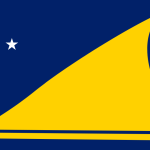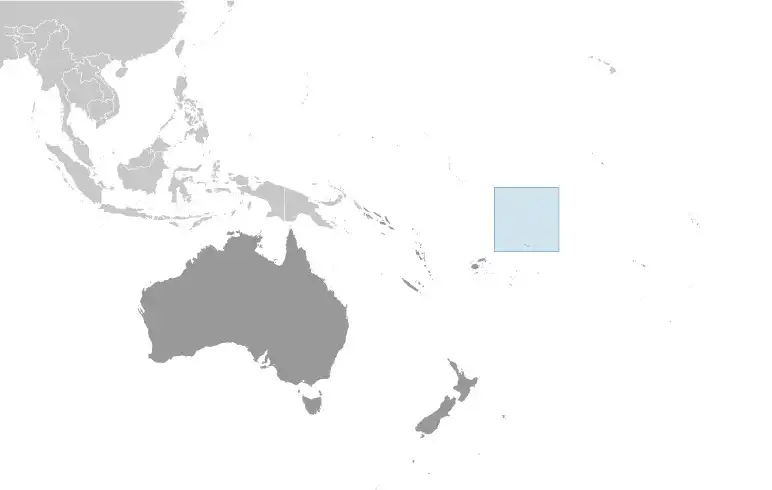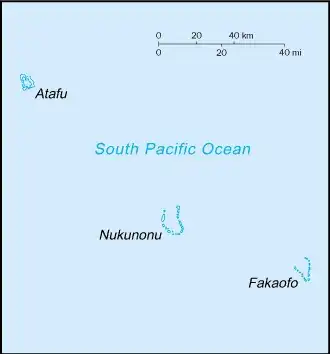
Tokelau
Country Data Dashboard

| Government type: | parliamentary democracy under a constitutional monarchy |
| Capital: | - |
| Languages: | Tokelauan 88.1% (a Polynesian language), English 48.6%, Samoan 26.7%, Tuvaluan 11.2%, Kiribati 1.5%, other 2.8%, none 2.8%, unspecified 0.8% (2016 ests.) |
People & Society
Ethnicity (2016 est.)
Religion (2016 est.)
Age structure
No image available.
Economy
Economic overview
small New Zealand territorial island economy; labor force can work in New Zealand or Australia; significant remittances; largely solar-powered infrastructure; reliant on New Zealand funding; stamp, coin, and crafts producer
Real GDP (purchasing power parity) in Billion $
Real GDP per capita in $
Exports & Imports in million $
Top 5 Import Partner in 2022 (68%)
Top 5 Import Commodities in 2022
- cars 🚗
- orthopedic appliances 🦾
- surveying equipment 📏
- butter 🧈
- nuts 🌰
Top 5 Export Partner in 2022 (68%)
Top 5 Export Commodities in 2022
- cars 🚗
- iron fasteners 🛠️
- garments 👕
- silver 🪙
- perfumes 💐
Geography
Map

Area
Natural resources
- fish 🐟
Climate
tropical; moderated by trade winds (April to November)
Historical Background Information
Tokelau is composed of three atolls (Fakaofo, Atafu, and Nukunonu), and it was first settled by Polynesians around A.D. 1000. The atolls operated relatively independently, but Fakaofo Atoll eventually subjugated the others. British explorers first saw the atolls in 1765 and 1791. Catholic and Protestant missionaries arrived in the 1840s and converted the population on the islands on which they landed.
In 1863 Peruvian slave raiders abducted many islanders, and roughly contemporary outbreaks of disease reduced the population to about 200. Settlers of diverse nationalities subsequently intermarried with Tokelauans. In the same period, local governance moved to a system based on a Council of Elders, which still exists today. British interest began in the late 1870s, and Tokelau became a British protectorate in 1889, and in 1916 under the name Union Group, Tokelau became part of the Gilbert and Ellice Islands Colony. In 1925, the UK placed Tokelau under New Zealand administration. The Tokelau Islands Act of 1948 formally transferred sovereignty from the UK to New Zealand, and Tokelauans were granted New Zealand citizenship. In 1979, the US relinquished its claim to Tokelau in the Treaty of Tokehega, and Tokelau relinquished its claim to Swains Island, which is part of American Samoa.
Economic opportunities in Tokelau are sparse, and about 80% of Tokelauans live in New Zealand. Tokelau held self-governance referendums in 2006 and 2007 in which more than 60% of voters chose free association with New Zealand; however, the referendums failed to achieve the two-thirds majority necessary to enact a status change.
